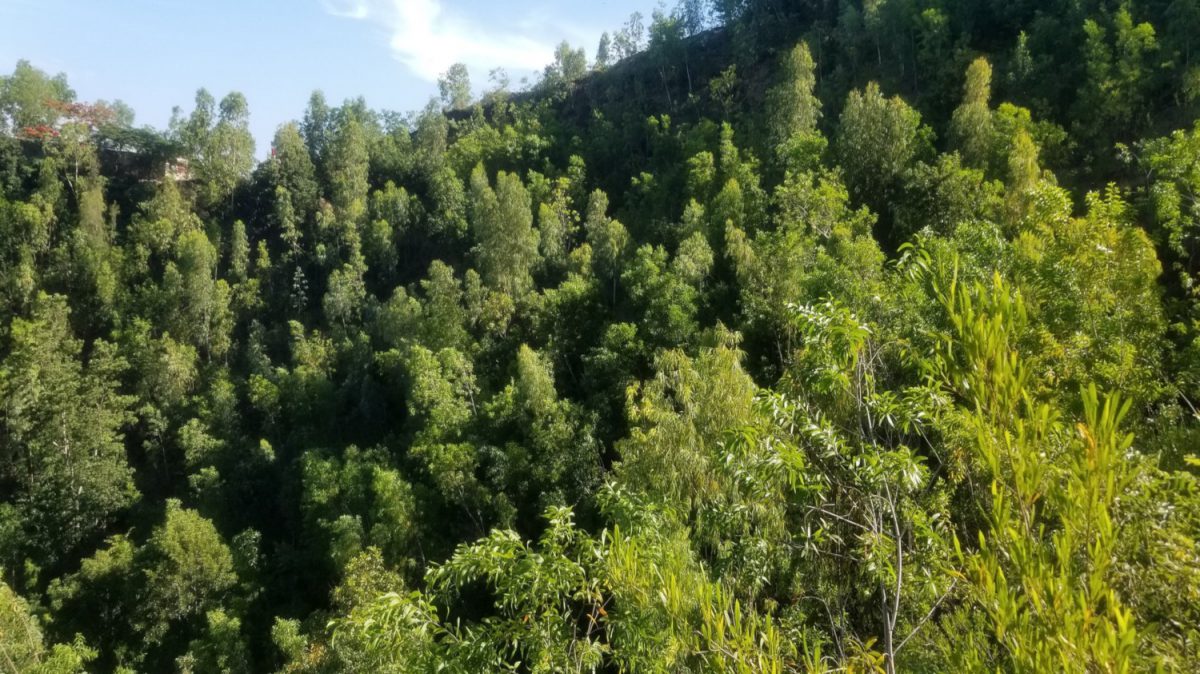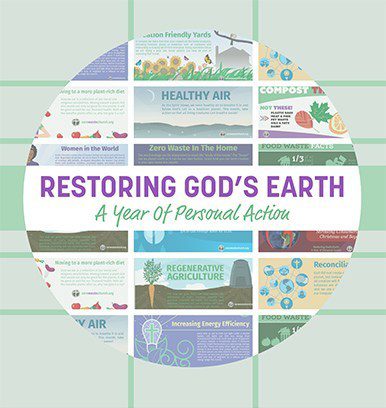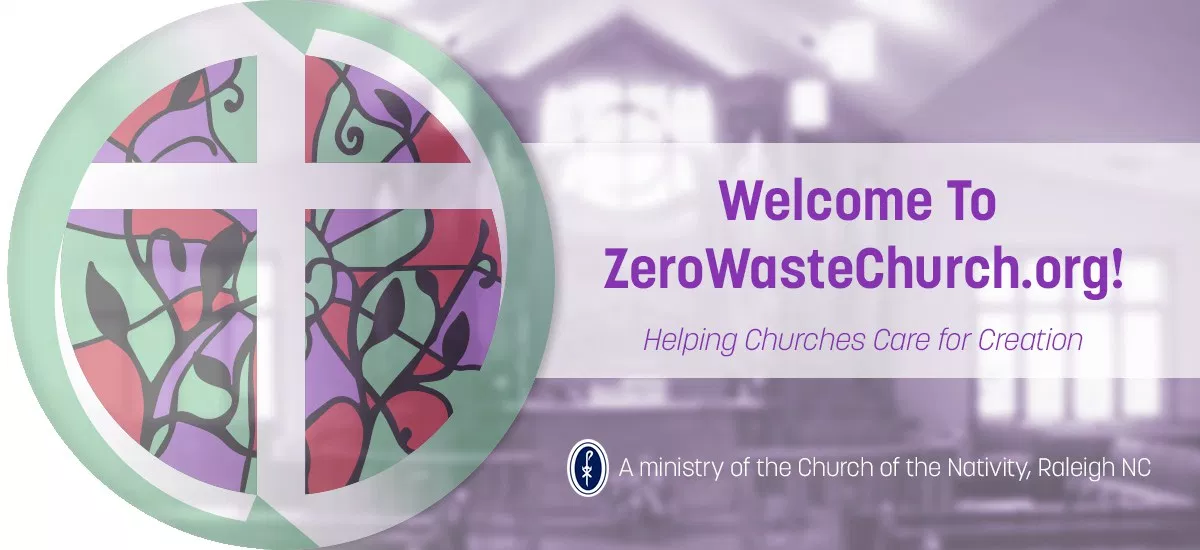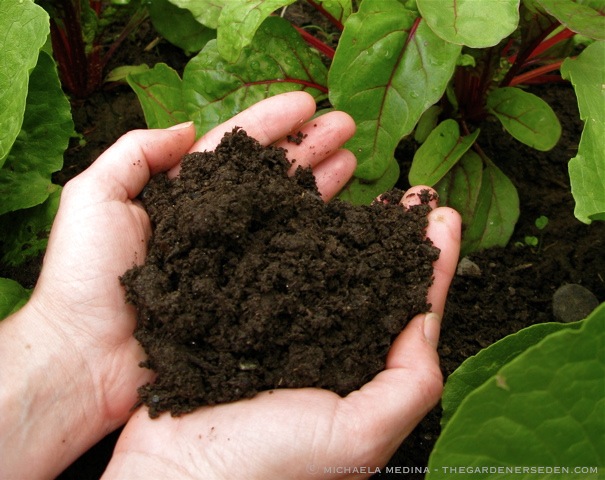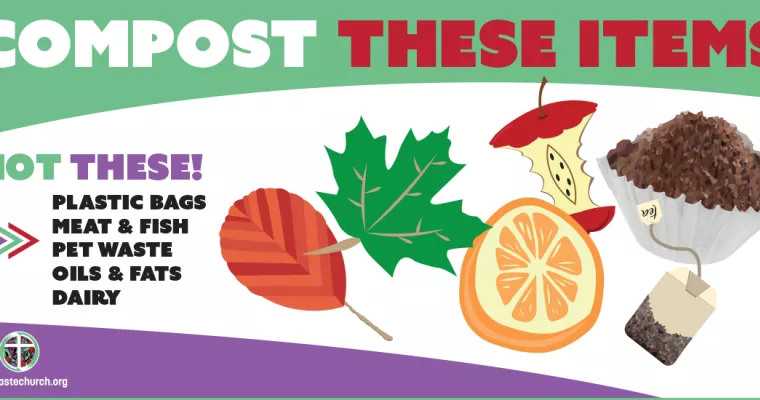As the risk from dangerous climate change continues to rise, along with the realization that nations will find it difficult to achieve necessary greenhouse gas emission reductions, nature-based solutions (NbS) 1 are being emphasized as a means to remove carbon dioxide from the air.2
To be most effective NbS must include strategies for protecting and restoring biodiversity and habitats. Climate disruption will cause species extinctions and vice versa. 3
Current extinction rates are about 1000 times higher than estimated background rates.3 The overarching causes for these declines are human overpopulation, continued population growth, and overconsumption. 4
A recent alarming report on the worldwide insect populations indicates that 40% of species will become extinct over the next couple of decades. 5 Insects are “essential” for the proper functioning of all ecosystems. The main drivers of insect species decline appear to be in order of importance: 1) habitat loss, conversion to intensive agriculture, urbanization, 2) pollution, mainly by synthetic pesticides and fertilizers; 3) biological factors, including pathogens, and 4) climate change. 5
Despite a century of conservation science, advocacy and education, extinction rates and habitat loss continue to increase greatly.9
The Paris Agreement on climate change calls on all parties to acknowledge “the importance of ensuring the integrity of all ecosystems, including oceans, and the protection of biodiversity, and 66% of signatories to the agreement commit to ‘green’ or ‘nature-based solutions’ in their climate pledges. 6
Biodiversity decline will be hardest felt by the 70% of the world’s poorest people who depend directly on ecosystem services for their survival. 3,6
Finding natural solutions is not just a task for scientists; government agencies, businesses. Conservation organizations around the world are putting forth proposals for NbS. 7
The faith voice is also addressing our ecological challenges. The Rev. Dr. George Clifford asked in a recent Ethical Musing, how will we as people of faith be involved? How can we turn our “dreams into reality, work in our parishes, dioceses, provinces and The Episcopal Church to deliver the projects, programs, and other initiatives we have designed to heal a broken, hurting world desperately in need of God’s transforming love?”8
And, in his rich theological essay, Let everything that has breath praise the Lord, David Bookless also calls people of faith to take action to reverse biodiversity decline, when he says, “in an age of ecological depletion, Christianity offers ultimate hope both for people and biodiversity, rooted in the redeeming work of Christ for all creation.” He says “Christians [and all people of faith] should work with others to seek ways of living which give witness to a sustainable and biodiverse future for God’s world.” 9
Finally, on Sunday, April 8th, Emilie and I attended a worship service at St. Bartholomew’s New York (our church home away from home). In his sermon The Rt. Rev. Dean E. Wolfe preached about how people resist accepting the “new”. He ended by saying “there is a cost to holding onto the old things – we need a new way, we need a new way!” I could not agree more. One can begin that journey by visiting www.zerowastechurch.org.
Written and submitted by Carl Sigel
Notes and References:
- Nature-based Solutions (NbS) are defined by the International Union for Conservation of Nature (IUCN) as actions to protect, sustainably manage and restore natural or modified ecosystems, which address societal challenges (e.g. climate change, food and water security or natural disasters) effectively and adaptively, while simultaneously providing human well-being and biodiversity benefits.
- IPCC Special Report on Global Warming of 1.5 C (eds. Masson-Delmottee, V, et al.), World Meteorological Organization. Geneva, 2018.
- I. Pimm et al., (2014) The Biodiversity of Species and Their Rates of Extinction, Distribution and Protection, Science, 344, 987-997.
- Ceballos G, Ehrlich PR, Dirzo R. Biological annihilation via the ongoing sixth mass extinction signaled by vertebrate population losses and declines. Proc Natl Acad Sci USA 2017; 114: E6089–96.
- Sanchez-Bayo, F. and Wyckuys, K. A. G., (2019). World decline of the entomofauna: A review of its drivers, Biological Conservation, 232, 8-27.
- Seddon, N., et al., (2019). Grounding nature-based climate solutions in sound biodiversity science. Nature Climate Change, 9, 82-87.
- Mace, G. M., et al., (2018). Aiming higher to bend the curve of biodiversity loss. Nature Sustainability, 1, 448-451.
- George Clifford, (April 3, 2019) What’s Next? Retrieved from http://blog.ethicalmusings.com/2019/04/whats-next.html.
- Bookless, (September 2014), Let everything that has breath the Lord: The Bible and biodiversity. Retrieved from https://www.academia.edu/14914427/Let_Everything_that_has_Breath_Praise_the_Lord_-_Biodiversity_and_the_Bible.

